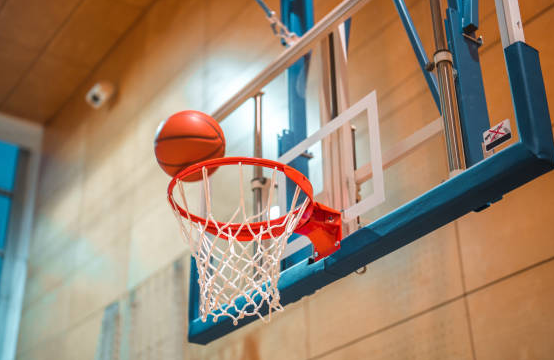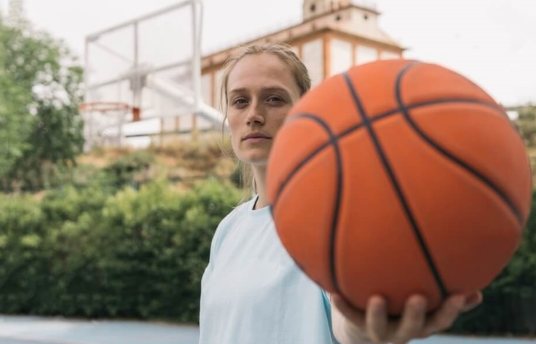In the high-stakes world of basketball, free throws have a unique meaning. Free throws are often the difference between victory and defeat, and they represent a lot of pressure and opportunity. Mastering the free throw is crucial for any player who wants to stand out in the game.
John Giron is an experienced NBA G League BayHawks player and a respected basketball camp director. With a wealth of on-court experience, Giron has provided valuable insights to help refine the art of free throws and turn this challenging aspect of the game into a strategic advantage.

Establish Daily Habits: The Foundation for Persistence
The first lesson in the Geelong’s Free Throw Playbook is the importance of consistent pre-shot routines. This set of exercises is not just a series of movements, but also a ritual that lays the foundation for success. Giron himself follows a precise set of exercises: shoot three times, look down at the floor, and then look up at the basket. This consistency is not just about physical preparation, it plays a vital role in mental recall and muscle memory. By repeating the same steps before each free throw, players can develop a sense of familiarity and confidence, even under the pressure of high-stakes play.
Balance: The Key to Strength and Precision
A successful free throw depends largely on the power generated by the legs, and maintaining balance is crucial in this process. Giron stresses the importance of keeping your knees bent, keeping your weight on your toes, and balancing the ball with your non-dominant hand. This stance not only provides stability but also allows the player to make powerful and controlled shots.
The involvement of the core muscles further enhances stability, ensuring a smooth flow of energy from the leg through the arm and into the shot. Mastering the pivot foot technique is also crucial, as it complements leg strength and balance, further improving accuracy and control of your shots.
Elbow Positioning: Alignment Accuracy
The position of the elbow is a key aspect of the free throw position. Giron advises players to bend their shooting arms and point their elbows straight at the basket, making sure they are aligned with their shoulders. This alignment is critical for accuracy. The elbow serves as the fulcrum of the shot and needs to be located directly below the ball. As players practice this pose, the correct elbow position becomes second nature, reducing the need for conscious adjustments during the game and allowing more attention to be focused on the goal.
Mastering the free throw requires a combination of mental preparation, physical balance, and precise pitching posture. John Giron’s expert tips provide a roadmap for players of all levels to improve their free-throw technique. By establishing consistent routines, focusing on balance and refining elbow positioning, players can significantly improve their performance at the free-throw line, turning moments of pressure into a demonstration of skill and confidence. In addition to free-throw skills, incorporating basketball ball control training into your workouts can further improve your overall game performance.

Gaze Focus: Aim at the Target
A key aspect of the free throw process that is often overlooked is the importance of eye focus. For basketball players, it is essential to focus on the basket when making free throws. Keeping your focus fully on your goal is critical to the accuracy of your shots. When players have mastered their shooting stance and established consistent shooting habits, they can shift their focus more to aiming. This shift is crucial; When shooting skills become second nature, the player’s eyes and mind can be fully focused on the basket, improving the accuracy of the shot. This was emphasized by John Gillen, who advocated focusing on the goal, an approach that became more intuitive as players became familiar with shooting posture and pre-shot rituals.
Follow-Up: The Key to a Successful Shot
The shooting action is probably the most decisive element of a free throw. This part of the shooting action involves a coordinated extension of the knees and elbows, culminating in a decisive swing of the wrist. The knee extension provides the necessary strength to start the shot from a stable base. The elbow extension ensures that the power is up and towards the basket, while the wrist swing is essential to create a gentle backspin of the ball.
This downspin is crucial because it helps the ball fly in a smooth arc, increasing its chances of getting through the basket. The whole movement should be smooth and seamless, with no rush or hesitation. A well-executed ball-following action not only looks elegant, but also significantly improves the accuracy and consistency of your shot.
Conclusion: The Power of Practice and Routine
The journey to becoming a skilled penalty shooter requires consistent practice and consistent training. As John Giron has confirmed, the key to progress is to repeat the right technique. Building and sticking to training not only builds muscle memory, but also fosters a sense of confidence and composure in high-pressure game situations.
Players are encouraged to take the time to practice their free throws and focus on every aspect of their shots – from the pre-shot routine to the follow-up. Through constant practice, the players’ improvement is reflected not only in their free-throw shooting percentage, but also in their overall confidence and performance on the court. Remember, in basketball, as in life, persistence and dedication are the cornerstones of success.

